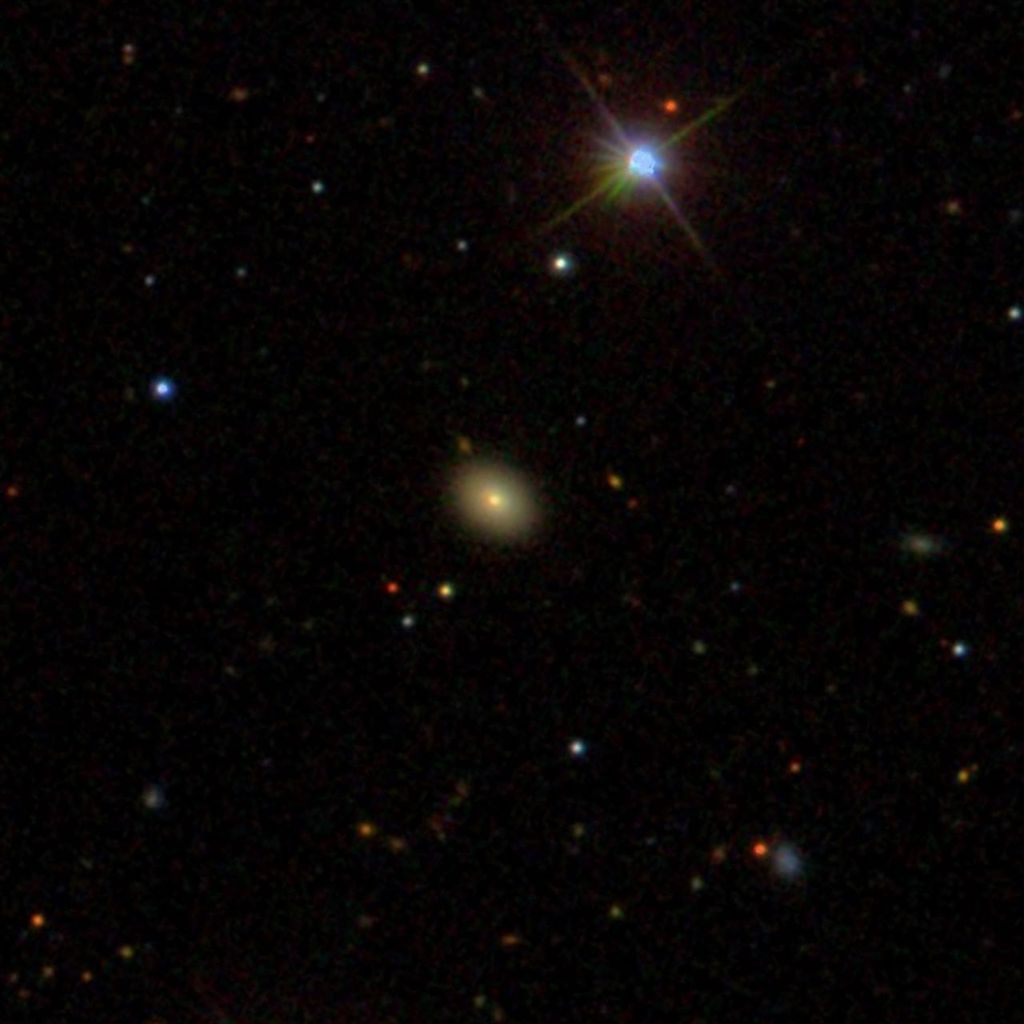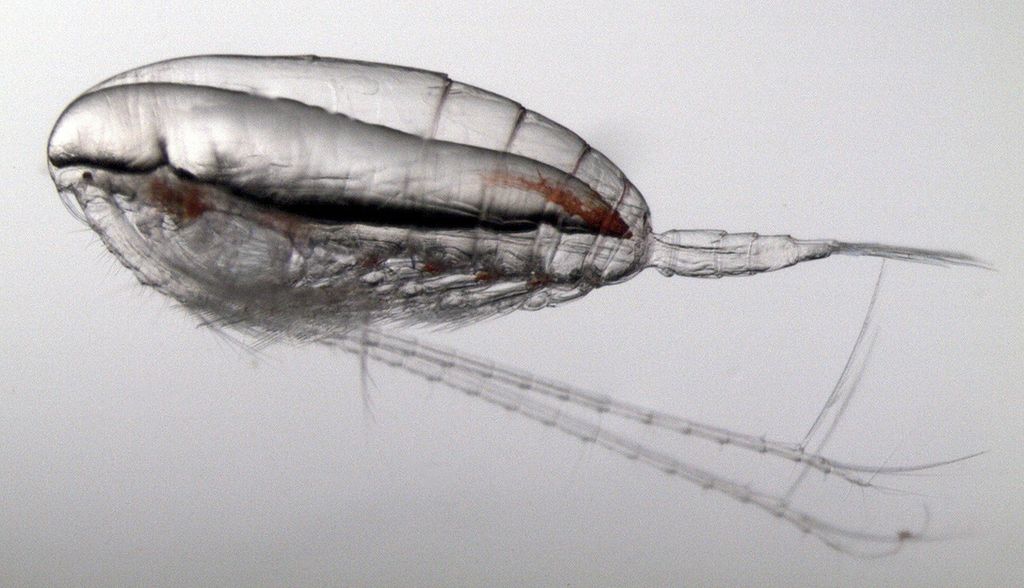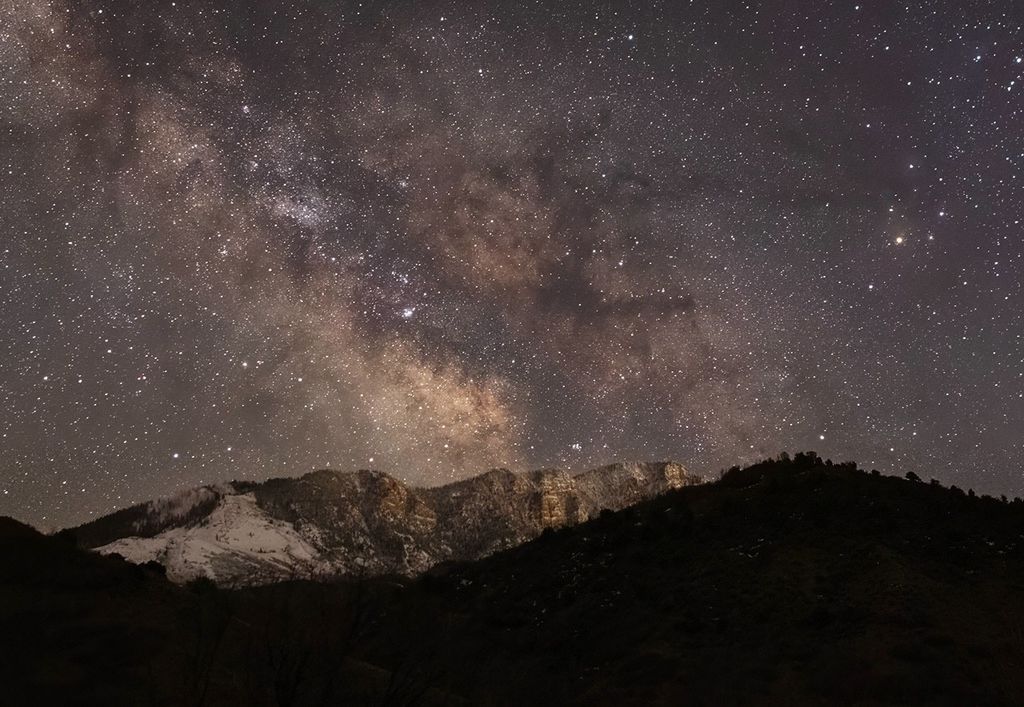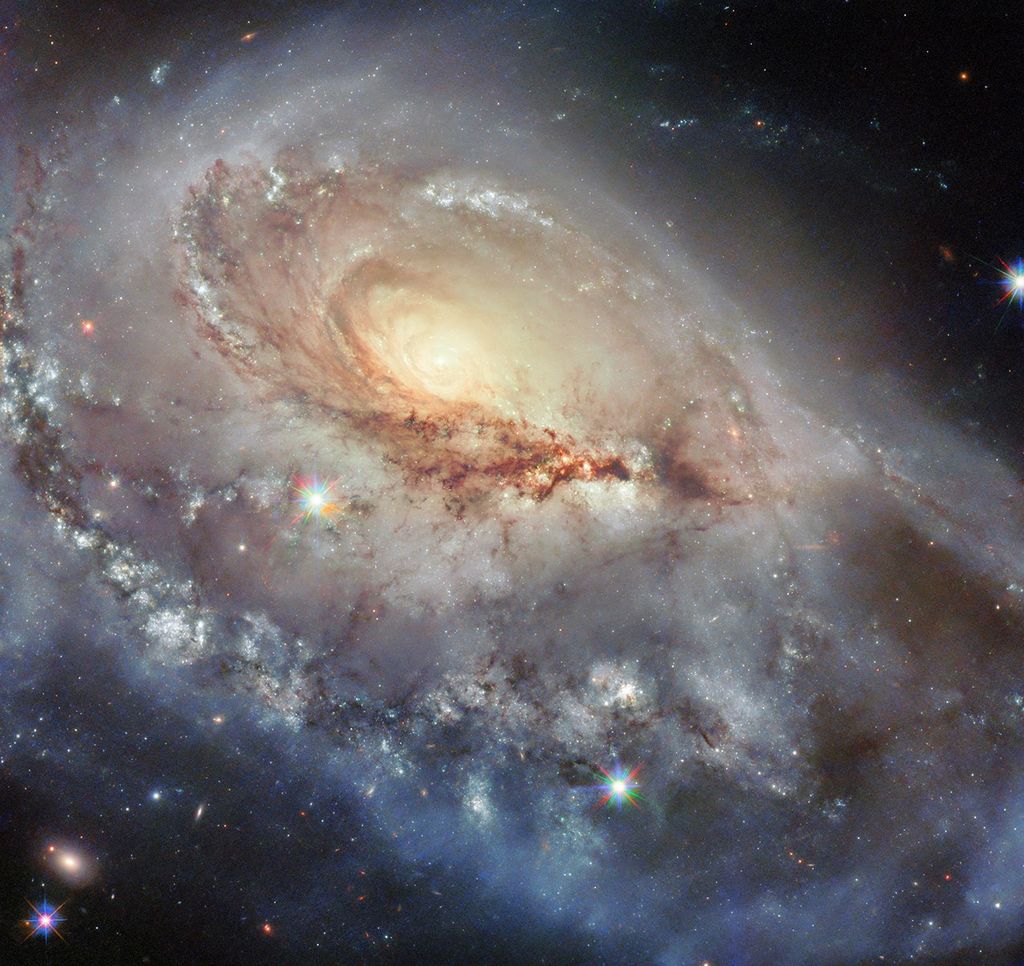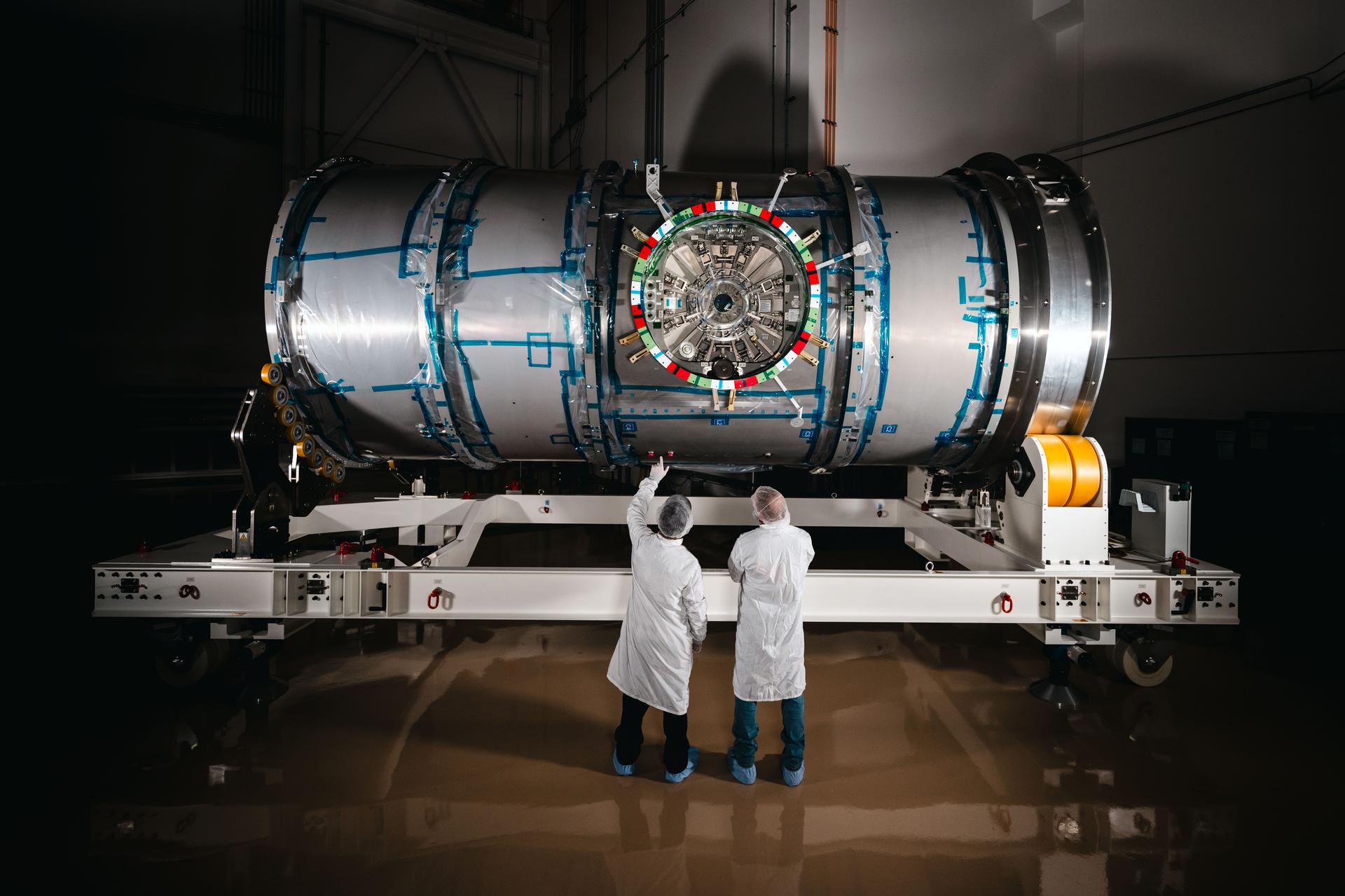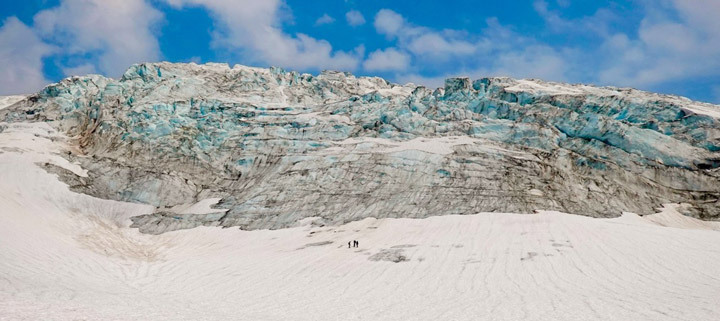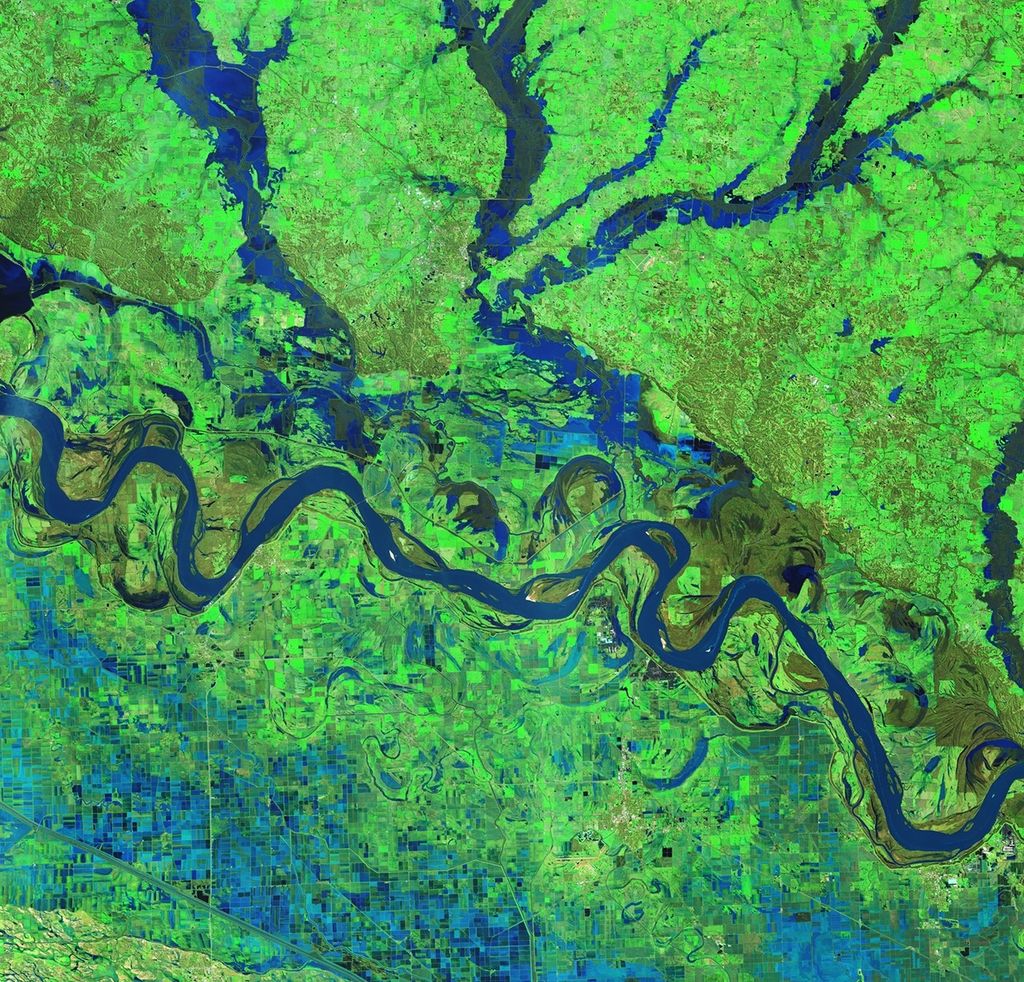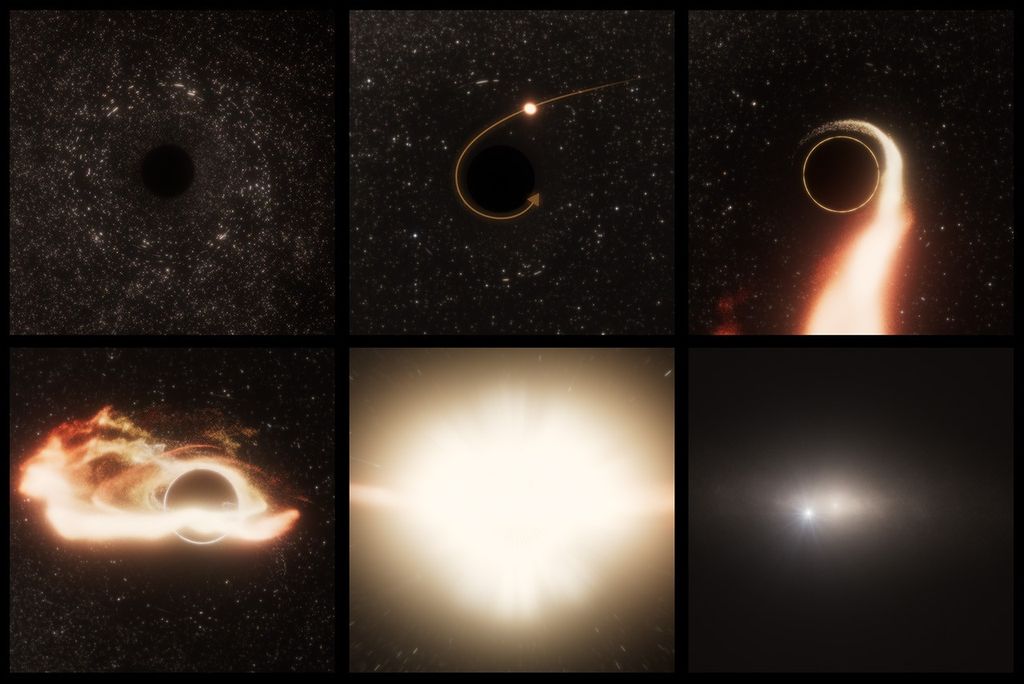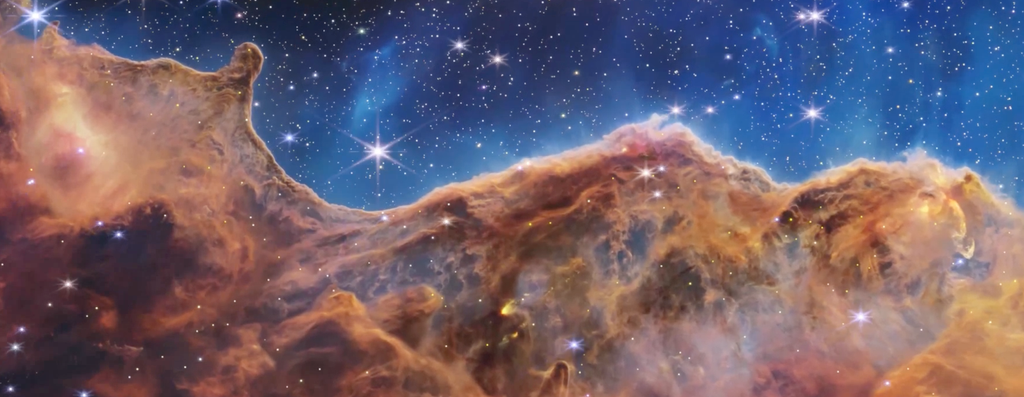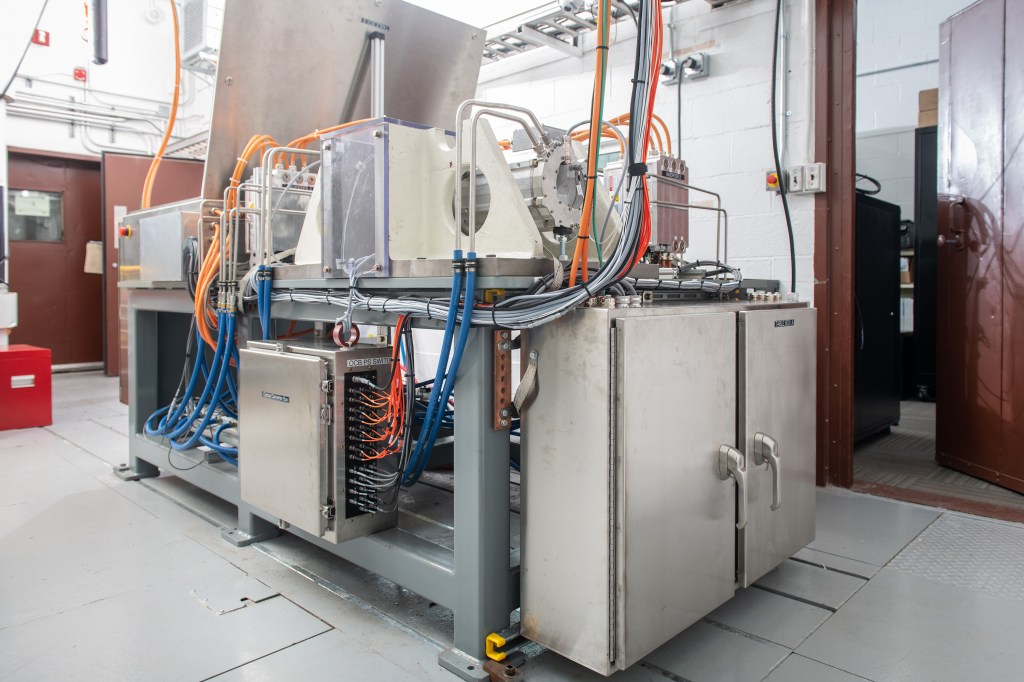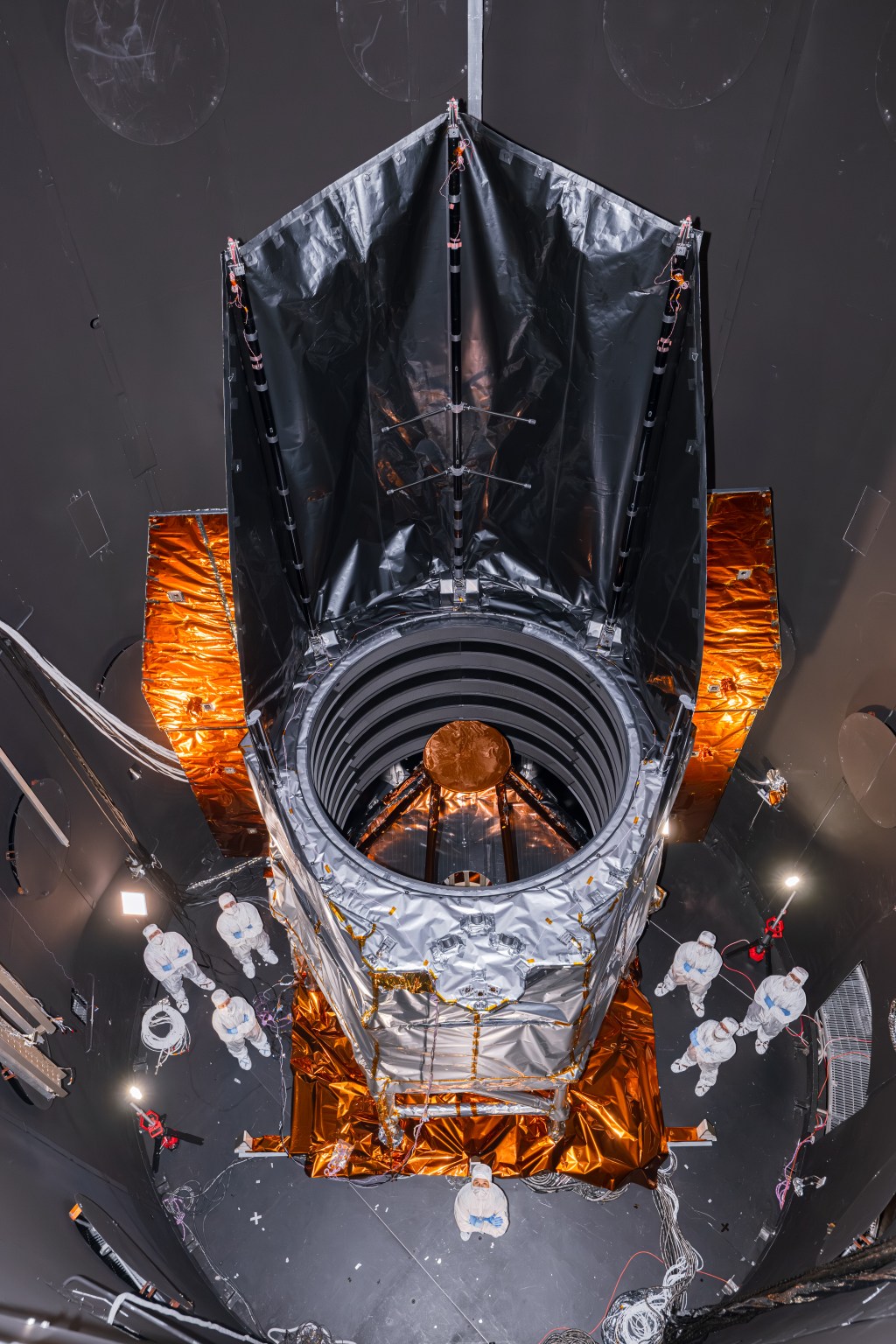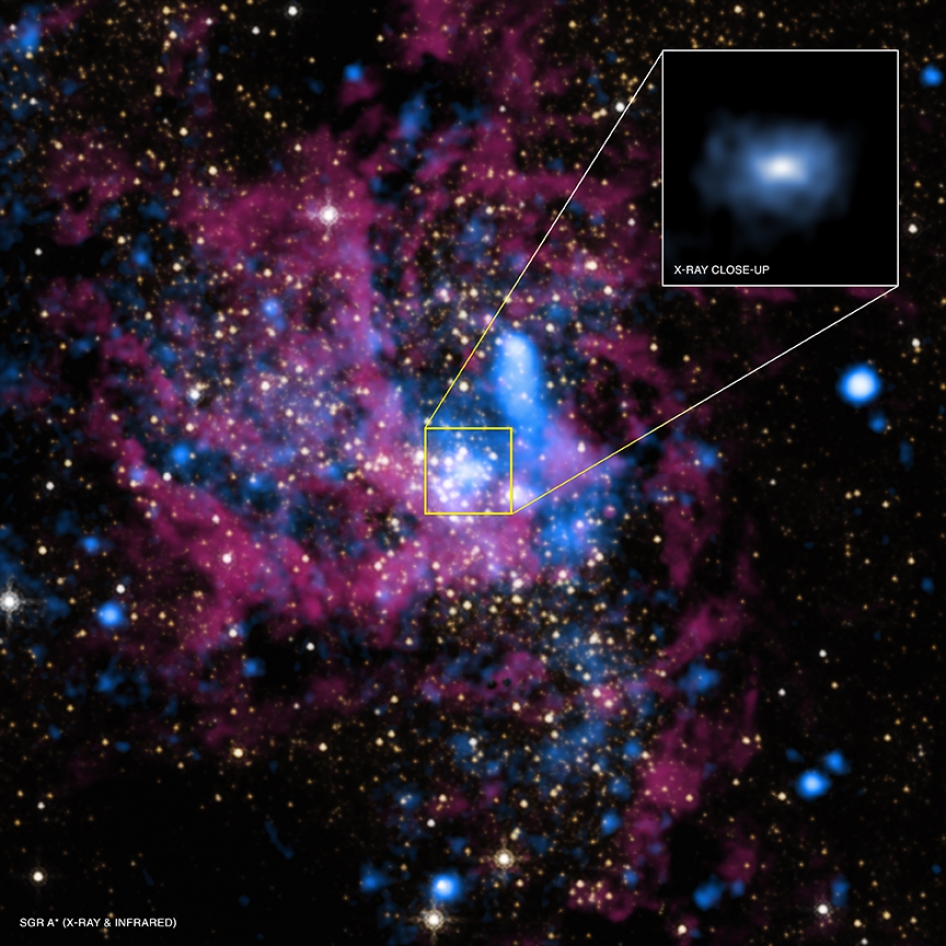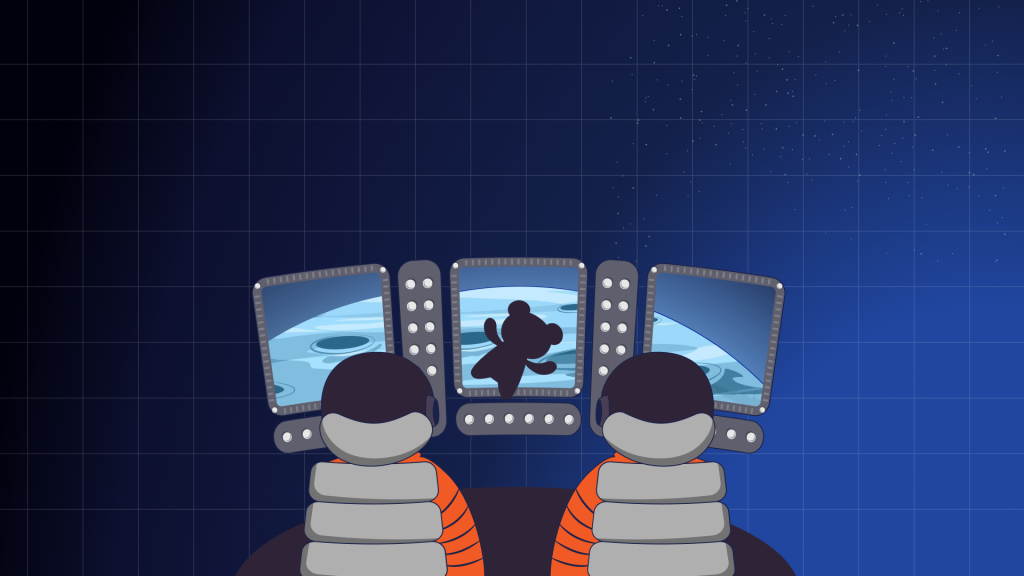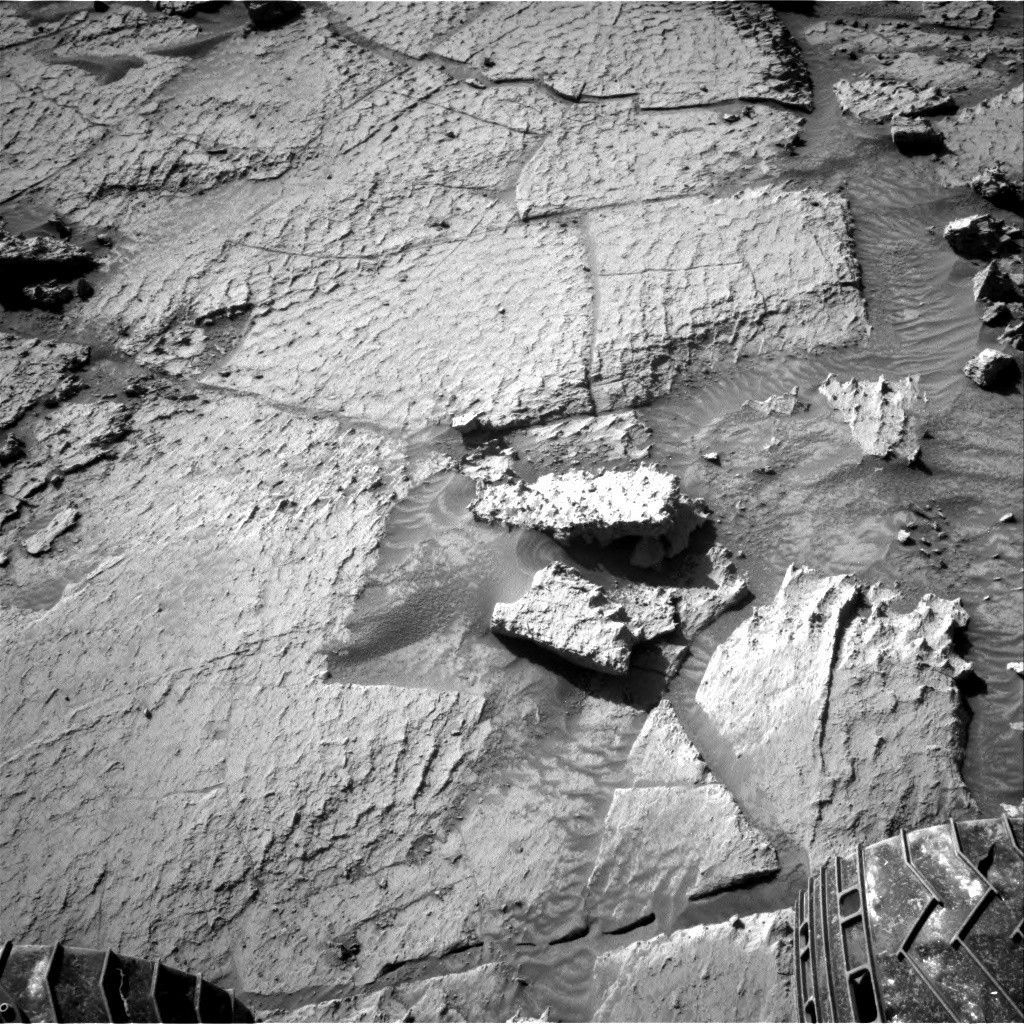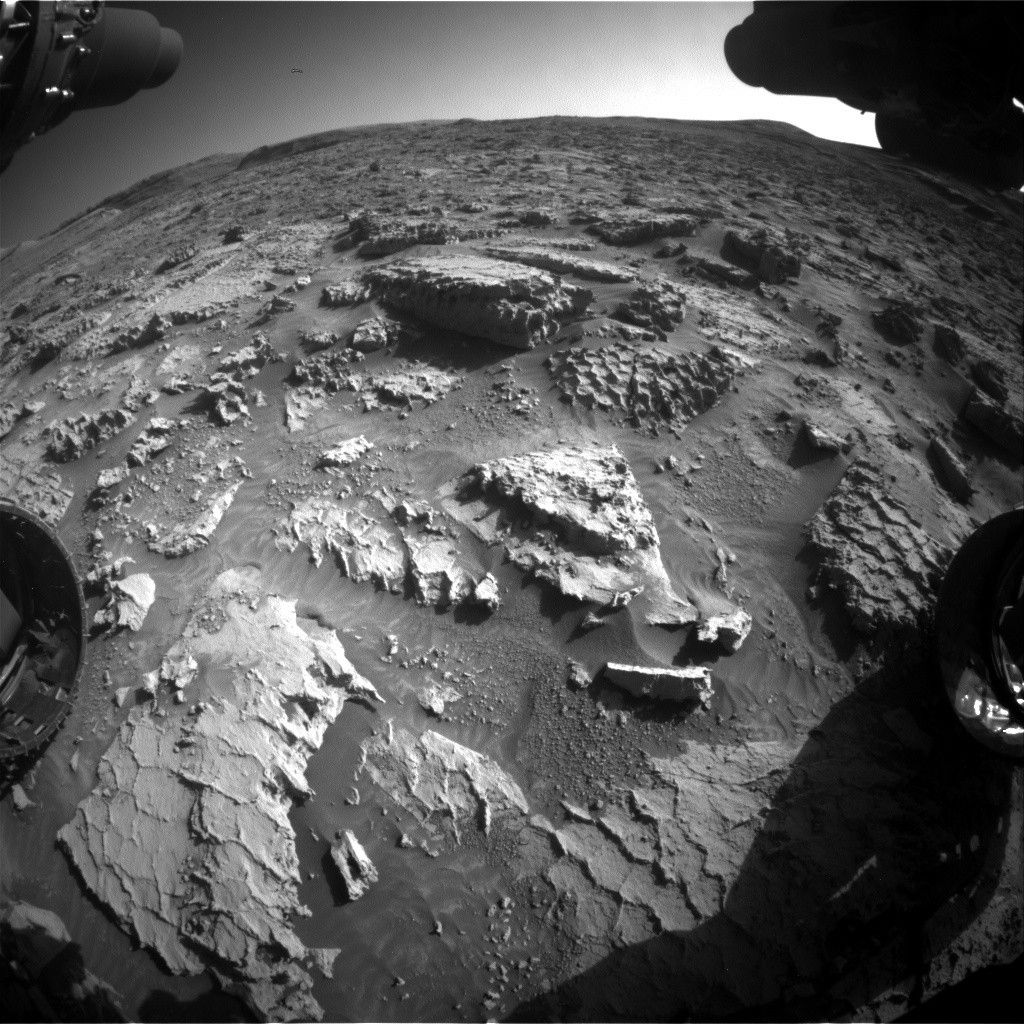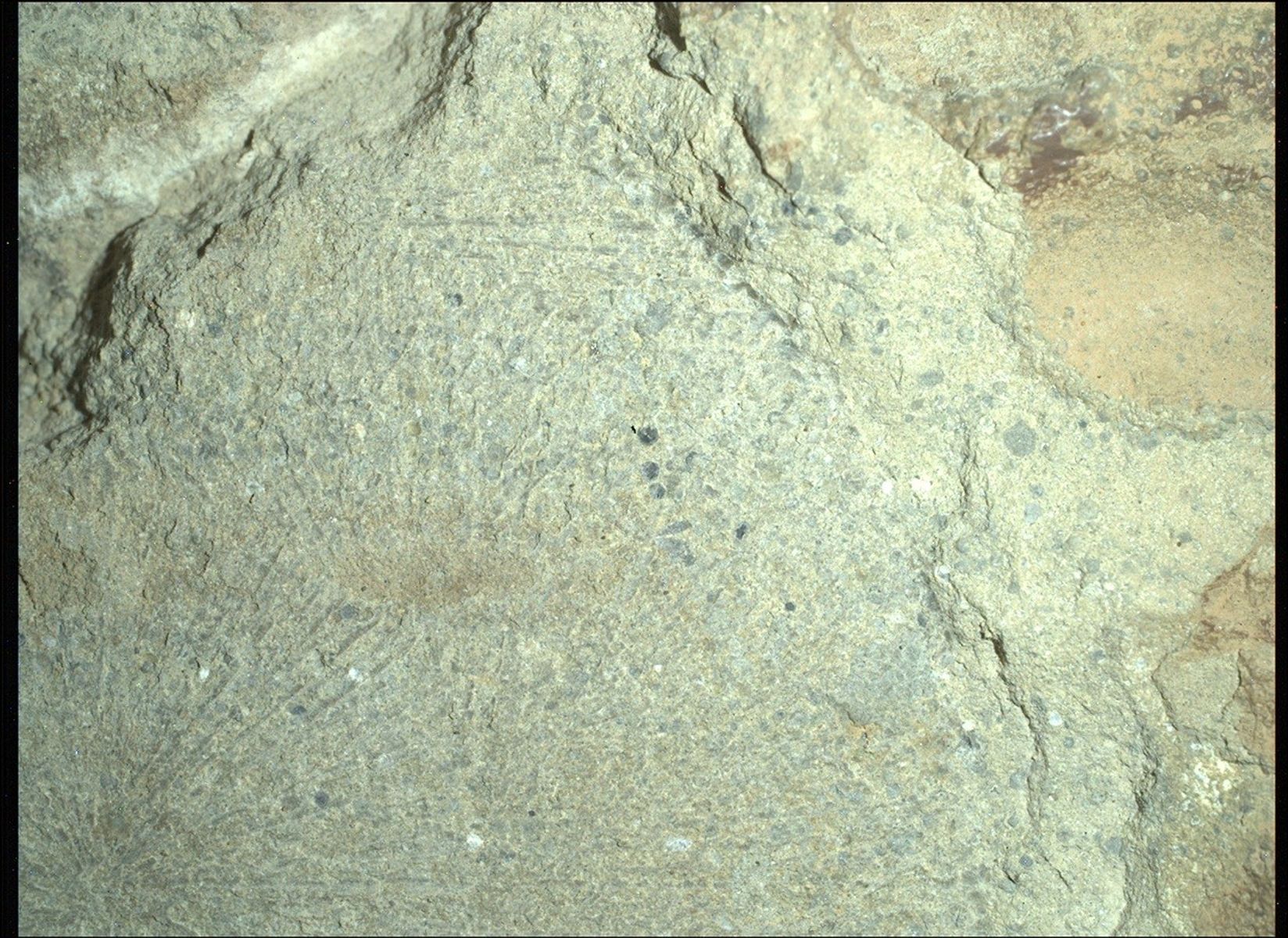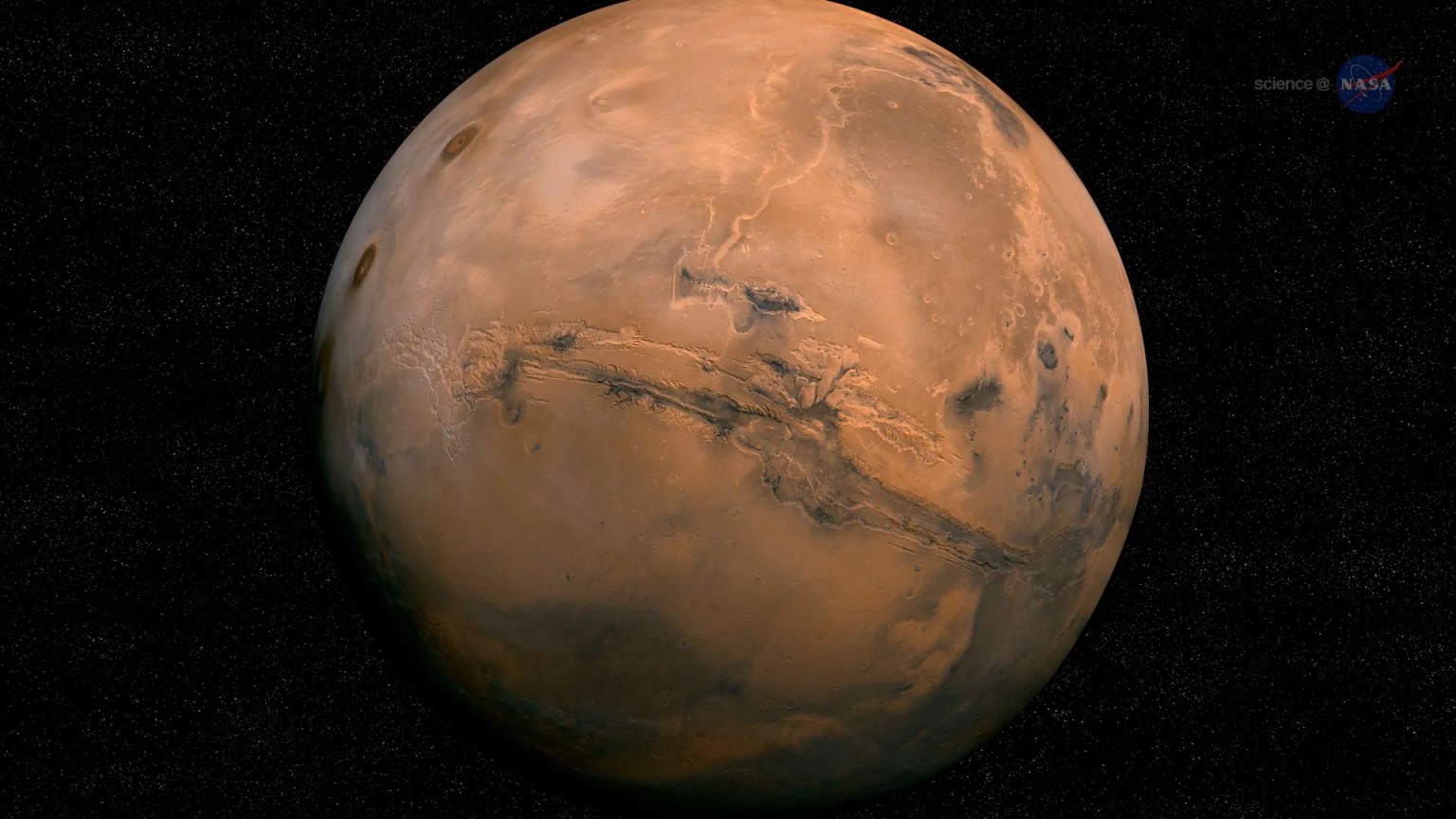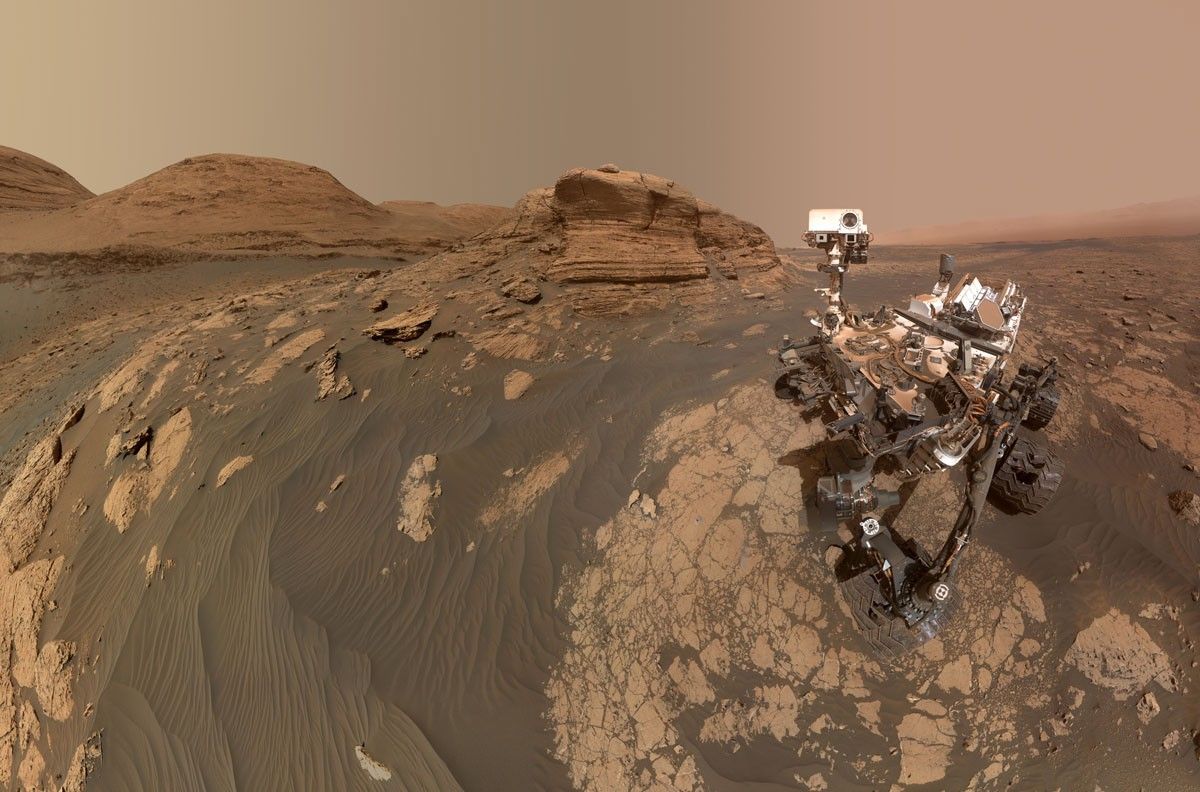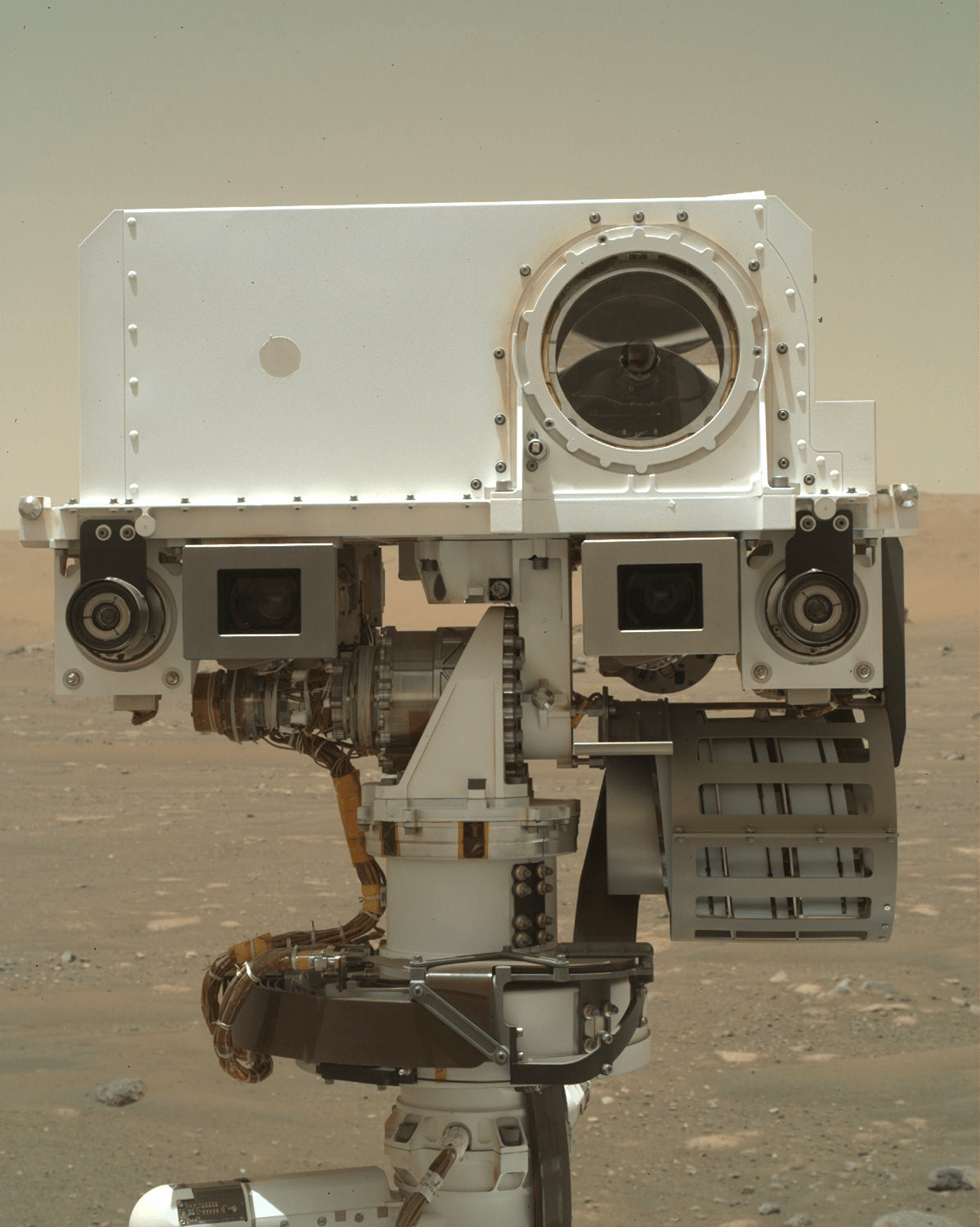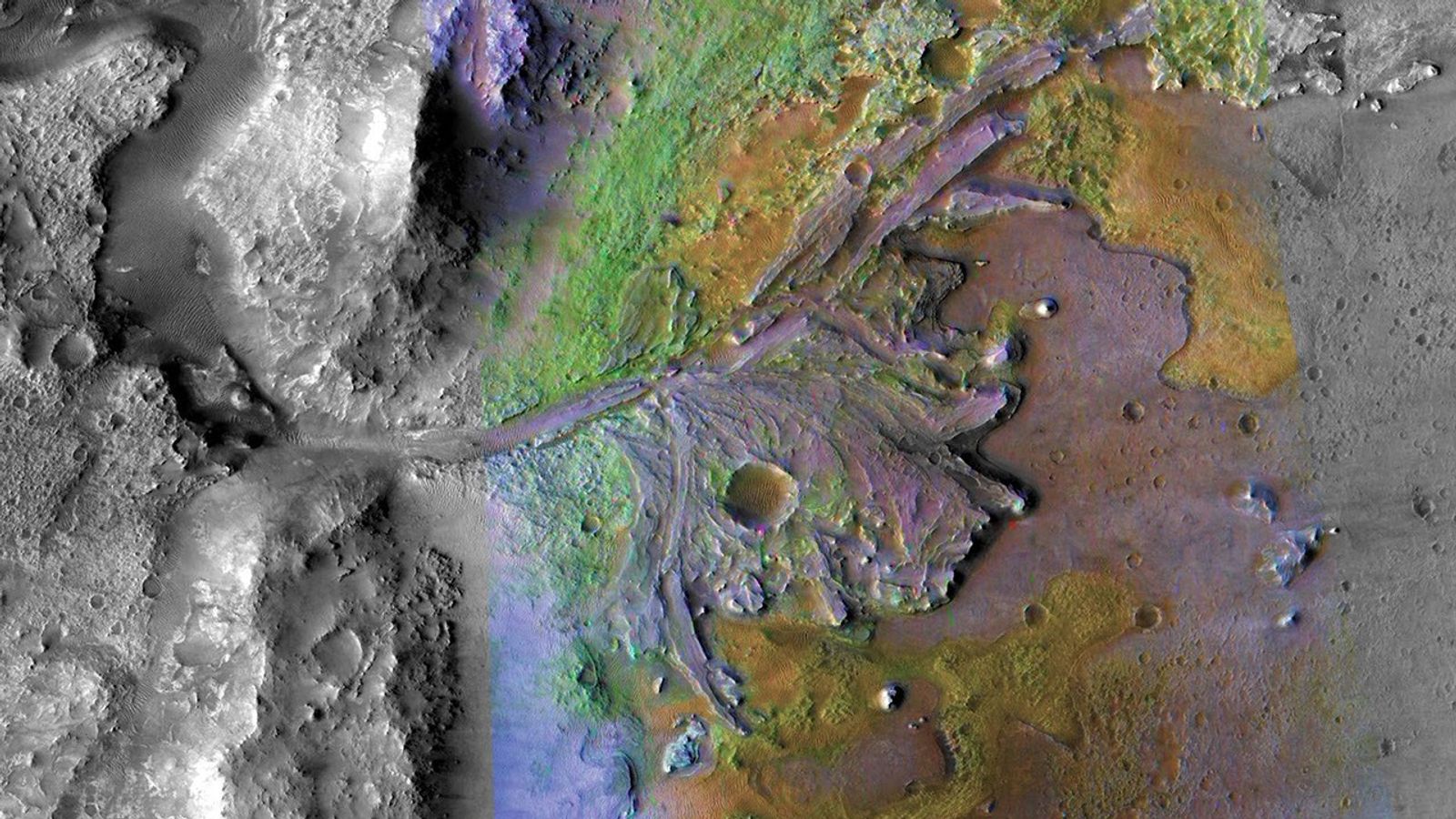Our campaign to analyze "Namib Dune" continues! In the sol1230-1231 plan the main event is dropping off some sand in the SAM instrument,but some of the other instruments got a workout too.
Our campaign to analyze "Namib Dune" continues! In the sol
1230-1231 plan the main event is dropping off some sand in the SAM instrument,
but some of the other instruments got a workout too. The sol 1230 plan
originally included a science block with some ChemCam, Mastcam, and Navcam
observations, but unfortunately that had to be cut to save power, so those
observations will have to happen over the weekend. With the science block
removed, the first activity on sol 1230 is a Mastcam observation of the SAM inlet.
After this, the rover will drop off a sample of sand for SAM to analyze. Then
while the arm is active MAHLI will observe the dump piles, including some
night-time observations using the built-in LEDs to illuminate the piles. APXS also has a couple of overnight
measurements on two of the dump piles.
On Sol 1231, we will start off with some Navcam and Hazcam
images to document where APXS was making its measurements, plus Mastcam
observations of the SAM inlet again. This will be followed by some arm activities
to clean out the components of the sample handling system. Then we'll dive back
in and collect another scoop of material from the dune, sieve it, and deliver
it to SAM too. Finally, APXS will be placed on another of our dump piles for an
overnight measurement. And of course REMS and DAN will be collecting data each
sol of the plan as usual. by Ryan Anderson -Ryan is a planetary scientist at the USGS Astrogeology Science Center and a member of the ChemCam team on MSL. Dates of planned rover activities described in these reports are subject to change due to a variety of factors related to the Martian environment, communication relays and rover status.
Written by Ryan Anderson, Planetary Geologist at USGS Astrogeology Science Center

